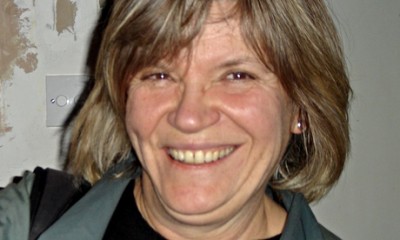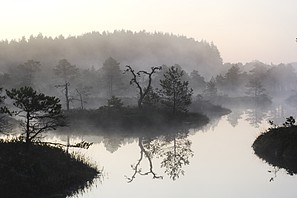ECREA TWG MEDIA & THE CITY 2015 CONFERENCE
Urban Media Studies: Concerns, intersections and challenges
University of Zagreb, Faculty of Political Science, 24–25 September 2015
Confirmed keynote speaker: Ole B. Jensen, Professor of Urban Theory, Dept. of
Architecture, Design and Media Technology, Aalborg University. Other keynote
speakers to be announced soon.
Call for papers and panels
Media related practices are grounded in the city – where the majority of human
population today lives – and media as both technologies and representations
pervade nearly all aspects of urban living, cutting through diverse forms of
public appearance, community, control, resistance and habitation.
As a result, none of the established perspectives in media studies, whether
that of democracy and participation, production and technology, representation
and use, or belonging and identity, can claim to have an exhaustive
understanding of their problematics without appreciating the urban context. In
the same way, no urban process can be fruitfully tackled without taking into
account the involvement of media and media related practices.
Yet, despite being closely – though unevenly – entwined, from small towns to
megalopolises, the two complexes, media and the city, have remained disjointed
in the scholarly analyses. In fact, it can be argued that for media scholars in
particular, the city has remained a terra incognita.
Wishing to revive the initial enthusiasm in media studies, which started as an
interdisciplinary endeavour, Urban Media Studies conference aspires to provide
a dialogic space for disciplines interested in mediated urbanism. We also hope
to stimulate critical reflections on the challenges of collaborating across
disciplinary boundaries. Thus, though speaking from the position of media
studies, we invite submissions from scholars who work in all relevant fields that
interface with the key issue of media and the city. These include, but are not
limited to, such fields as urban geography, urban sociology, architecture,
anthropology, science and technology studies, visual and sound/auditory culture
studies, sociology of the senses, and other related subfields.
We specifically welcome submissions which deal with the following themes and
approach them with an interdisciplinary curiosity – as potential intersections
between two or more fields of research:
Historical connections between urban studies and media studies
Urban spaces and media practices
Urban sociality and media
Mediation of urban daily life
Media, architecture and urban design
‘Media cities’ as production clusters and complexes
Performing and audiencing (in) the mediated city
Media, urban power, resistance and conflict
Media, gender and the city
Media, ethnicity and the city
Urban spaces of media consumption
Urban law in the digitally sustained cities
Mediated urban sensescapes
Urban, outdoor and ambient advertising
Fashion as urban communication
Urban gaming
Journalism and the city
The city as a mediated ecosystem
Urban mediation and spatial negotiations
Methodologies of urban media studies
Teaching about media and the city
We welcome both individual and multi-authored abstracts, and full panel
proposals (with four presentations; 15–20 minutes per presentation). In the
case of panel proposals, the candidate chair should provide a title and a short
general description of the proposed panel, together with the abstracts of all
presenters.
In addition to conventional academic presentations of original theoretical,
methodological and/or empirical research of any of the above or other related
themes, we encourage practice-based presentations, like urban films and
documentaries, sonic projects and other exploratory artwork that probe issues
of media and the city.
Abstract proposals (300 words) for presentations and panels, together with
short bios, should be submitted tomediacity.twg@gmail.com
by May 1st, 2015. Authors will be informed of acceptance by June 1st, 2015.
The conference will also feature a special dialogic plenary where participants
from different disciplines will be invited to share views on their work in the
context of media and the city.
As part of our commitment to stimulate interaction between scholars from
different disciplines, we shall also be organising a guided urban exploration
of Zagreb’s industrial, modernist/utopian architectural heritage, and
post-industrial urban developments.
A selection of papers will be published in an edited book and/or in a journal
special issue.
Conference fee is 50 Euros for ECREA members, 70 Euros for non-members. The fee
will cover conference materials, and coffee and lunch both days.
Any queries should be sent to conference organizers Seija Ridell (University of
Tampere, Finland), Simone Tosoni (Catholic University of Milan, Italy) and
Zlatan Krajina (University of Zagreb, Croatia). Please use the conference
e-mail address:mediacity.twg@gmail.com.
OBS. For the conference updates, please follow the Media& the City
websites onhttp://twg.ecrea.eu/MC/ andhttps://www.facebook.com/mediaandthecity
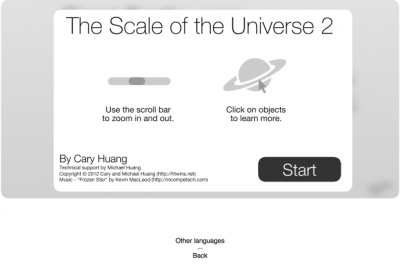

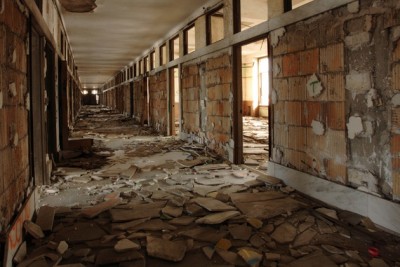
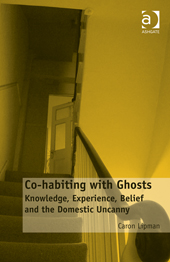 How does it feel to
How does it feel to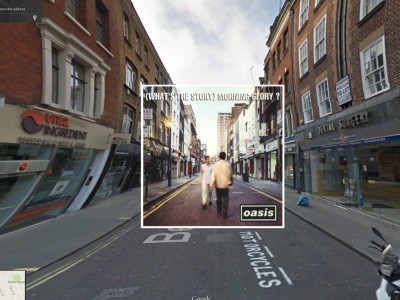
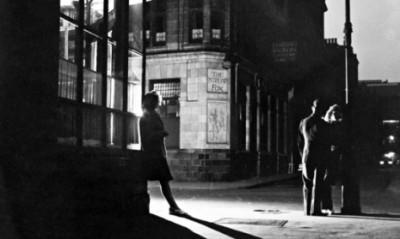
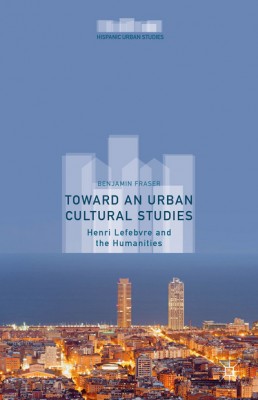 Toward an Urban Cultural Studies is a call for a new interdisciplinary area of research and teaching. Blending Urban Studies and Cultural Studies, this book grounds readers in the extensive theory of the prolific French philosopher Henri Lefebvre. Appropriate for both beginners and specialists, the first half of this book builds from a general introduction to Lefebvre and his methodological contribution toward a focus on the concept of urban alienation and his underexplored theory of the work of art. The second half merges Lefebvrian urban thought with literary studies, film studies and popular music studies, successively, before turning to the videogame and the digital humanities. Benjamin Fraser’s approach consistently emphasizes the interrelationship between cities, culture, and capital.
Toward an Urban Cultural Studies is a call for a new interdisciplinary area of research and teaching. Blending Urban Studies and Cultural Studies, this book grounds readers in the extensive theory of the prolific French philosopher Henri Lefebvre. Appropriate for both beginners and specialists, the first half of this book builds from a general introduction to Lefebvre and his methodological contribution toward a focus on the concept of urban alienation and his underexplored theory of the work of art. The second half merges Lefebvrian urban thought with literary studies, film studies and popular music studies, successively, before turning to the videogame and the digital humanities. Benjamin Fraser’s approach consistently emphasizes the interrelationship between cities, culture, and capital.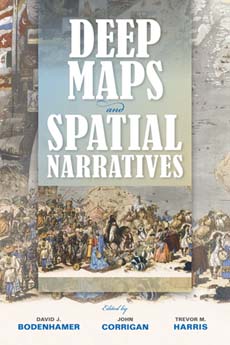
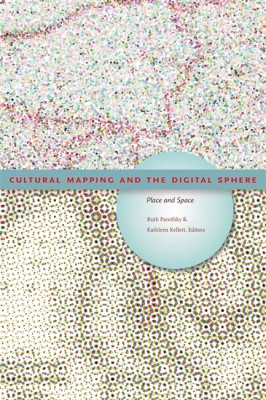
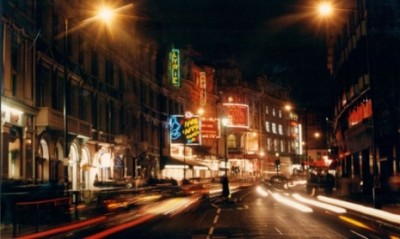



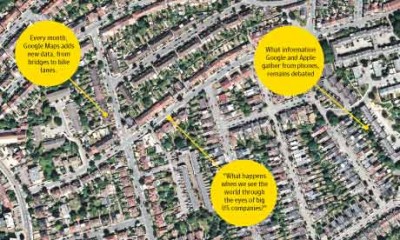 This is quite an old Guardian article now (August 2012), but as I just found a print copy whilst sorting out some old papers I thought it worth posting to keep a record of it.
This is quite an old Guardian article now (August 2012), but as I just found a print copy whilst sorting out some old papers I thought it worth posting to keep a record of it.